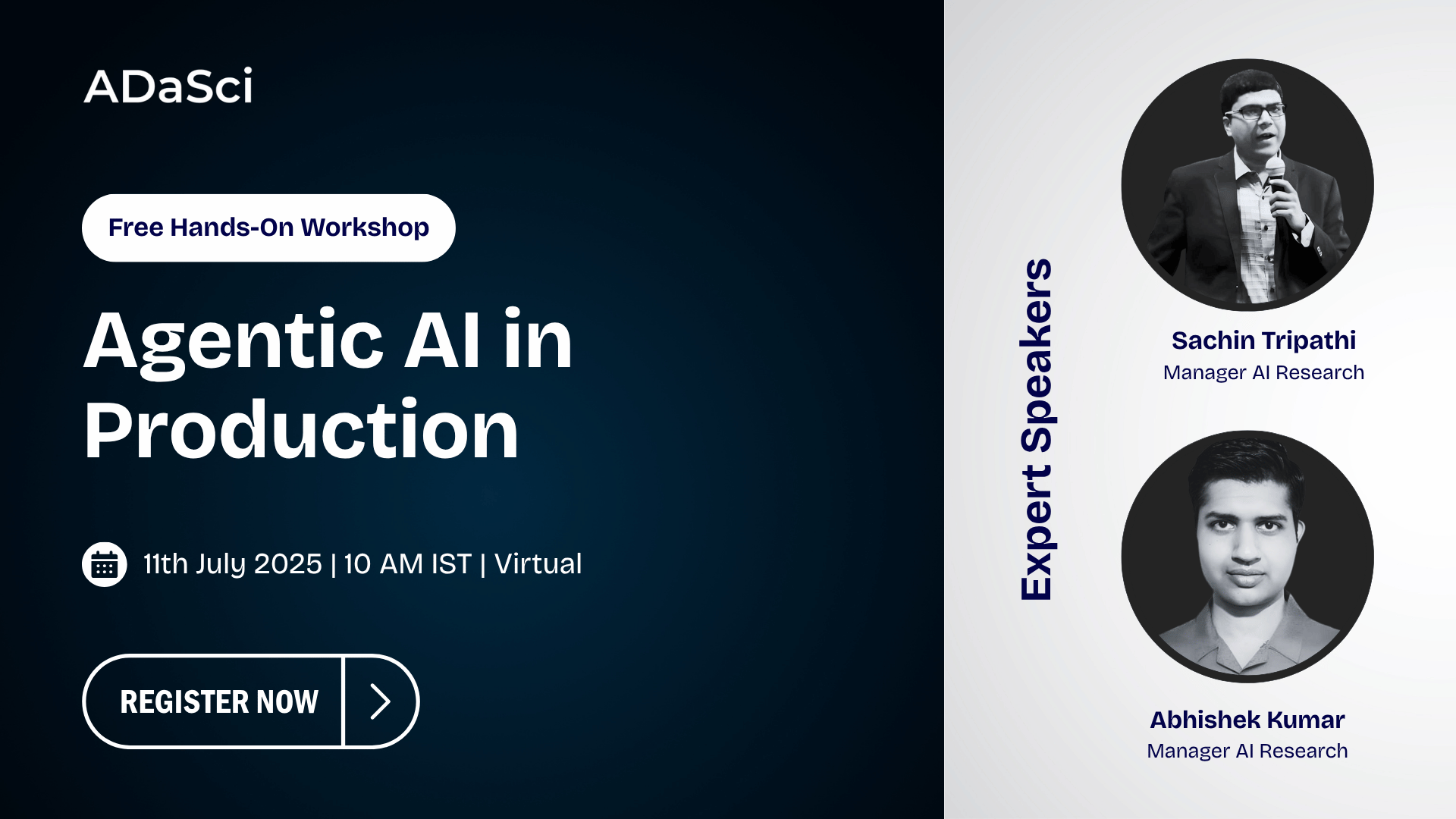Mastering Tiledesk for Building Chatbots with Custom Knowledge Bases

Explore more from ADaSci
Chatbots are transforming how we interact with information, offering quick and accurate responses across industries. Creating a chatbot that can effectively utilize a custom knowledge base ensures scalability, flexibility, and user satisfaction. In this post, we’ll explore how to leverage Tiledesk to design a chatbot that uses custom knowledge base.
Table of Contents
- Introduction to Tiledesk
- Tiledesk Architecture Overview
- Key Features for Knowledge-Driven Chatbots
- Implementation Guide: Building a Knowledge-Base Chatbot
- Overcoming Development Challenges
Introduction to Tiledesk
Tiledesk is an open-source platform that bridges the gap between automation and human interaction. Its ability to integrate custom knowledge bases with AI-driven bots makes it a powerful tool for building dynamic, purpose-driven chatbots.
Why Choose Tiledesk?
- Customizable Knowledge Bases: Populate with FAQs or structured data for domain-specific queries
- API Integration: Seamlessly fetch external data for real-time responses.
- Multi-Channel Support: Engage users on websites, messaging apps, and social media.
Tiledesk Architecture Overview
Tiledesk is engineered for scalability, real-time interactions, and accessibility to both business users and developers. Its modular design ensures flexibility, whether you’re building simple chatbots or complex conversational agents.
Core Components
- Visual Tools:
- Automation Designer: A no-code visual flow builder for crafting conversation workflows.
- Dashboard: Centralized management of agents, analytics, and channel settings.
- Embeddable Widget: Simple integration for websites or apps.
- Native Chat Apps: iOS and Android apps enabling human-agent handoffs.
- Backend Infrastructure:
- AI and Automation Core: Includes intent classification using Python-based LSTM/BERT models and a visual engine for running flows.
- Multi-Channel Communication: Features integrations with WhatsApp, Facebook Messenger, and more, with extensibility for additional platforms.
- Data Management: MongoDB stores conversation logs; Redis manages real-time states; RabbitMQ/MQTT ensures reliable message delivery.
Technical Stack
- Frontend: Angular
- Backend: Node.js
- Databases: MongoDB, Redis
- AI Models: Python-based LSTM/BERT
- Communication: RabbitMQ, MQTT, SMTP, WebSockets
This architecture allows Tiledesk to handle real-time conversations and maintain scalability across various channels.
Key Features for Building Chatbots
Tiledesk stands out with its mix of simplicity and extensibility, catering to diverse user needs.
No-Code Framework
- Design AI-powered chatbots using a drag-and-drop interface with the Automation Designer.
- Build conversation flows, define triggers, and set up fallback responses without coding expertise.
Multi-Channel Flexibility
- Deploy chatbots across WhatsApp, Facebook Messenger, websites, and more.
- Maintain consistent performance and user experience across channels.
Real-Time Communication
- Utilize RabbitMQ/MQTT for instant message delivery.
- Transition seamlessly between automated bots and human agents for unresolved issues.
Custom Knowledge Bases
Populate bots with domain-specific information, making them effective for tasks like customer support, FAQs, or complex workflows.
Developer Extensibility
- Access APIs to enhance bot functionality or integrate external NLP tools like Dialogflow.
- Build custom integrations and extend the platform with developer tools.
Implementation Guide: Building a Knowledge-Base Chatbot
Step 1: Setting Up the Project
Begin by registering on Tiledesk and creating a new project tailored to your needs. Clearly define the goals and objectives of your project to ensure alignment with your overall strategy. This will serve as the foundation for building a customized chatbot solution.


Step 2: Creating a Knowledge Base
Leverage Tiledesk’s intuitive interface to develop a comprehensive knowledge base. Populate it with structured and relevant content that addresses user needs.
For advanced functionality, you can integrate external resources to provide dynamic and updated responses, ensuring your chatbot stays effective and accurate.




Step 3: Integrating the chatbot to your site
Embed the Tiledesk chatbot widget into your website by adding the provided JavaScript snippet to your HTML code. Ensure that the correct project ID is used to link the chatbot to your Tiledesk account.
<!DOCTYPE html>
<html lang="en">
<head>
<meta charset="UTF-8">
<meta name="viewport" content="width=device-width, initial-scale=1.0">
<title>Dummy Page with Tiledesk</title>
</head>
<body>
<h1>Welcome to My Dummy Page</h1>
<p>This is a basic webpage to demonstrate the integration of the Tiledesk chat widget.</p>
<!-- Tiledesk Chat Widget -->
<script type="application/javascript">
window.tiledeskSettings = {
projectid: "" // your actual project ID
};
(function(d, s, id) {
var w = window;
var d = document;
var i = function() { i.c(arguments); };
i.q = [];
i.c = function(args) { i.q.push(args); };
w.Tiledesk = i;
var js, fjs = d.getElementsByTagName(s)[0];
if (d.getElementById(id)) return;
js = d.createElement(s);
js.id = id;
js.async = true;
js.src = "https://widget.tiledesk.com/v6/launch.js";
fjs.parentNode.insertBefore(js, fjs);
}(document, 'script', 'tiledesk-jssdk'));
</script>
</body>
</html>Step 4: Testing the Chatbot
Perform thorough testing to validate the chatbot’s functionality. Engage in various simulated conversations to ensure the bot handles queries accurately and responds promptly. Use this step to identify and address any issues, enhancing the overall user experience before launching it live.

Overcoming Challenges and Best Practices
While Tiledesk simplifies chatbot development, there are challenges to address:
- Scalability for High Traffic: Optimize database queries and bot workflows to handle large volumes.
- Maintaining Knowledge Base Accuracy: Regularly update the knowledge base with verified information.
- Language Support: Implement Tiledesk’s multilingual features for broader accessibility.
- API Response Times: Use caching for frequently accessed data to reduce latency.
Final Thoughts
Tiledesk empowers businesses to create scalable, intelligent chatbots with minimal technical overhead. Whether you’re a beginner leveraging its no-code tools or a developer extending functionality through APIs, the platform’s robust architecture ensures flexibility and efficiency. By combining custom knowledge bases, real-time communication, and multi-channel support, Tiledesk offers a comprehensive solution for modern conversational AI needs.






